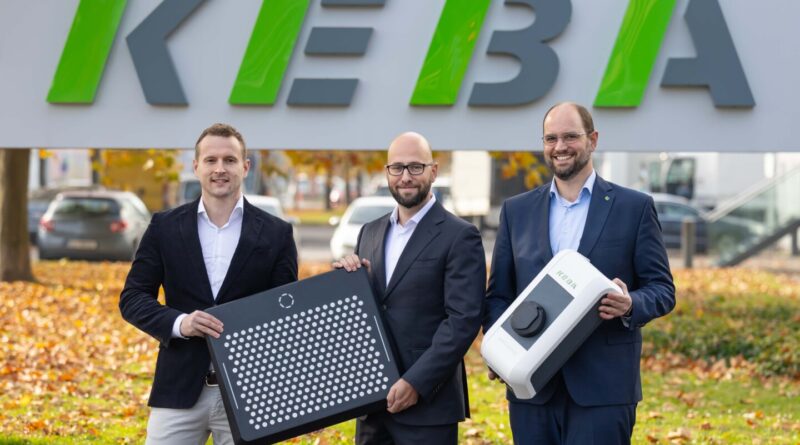Over the past decade+ that I’ve covered the electric vehicle industry, certain debates have lived on and on, sometimes with almost no real change. There’s the charging vs. battery swapping debate, which has actually evolved a bit due to what NIO has been able to accomplish, but any story about this quickly turns into a debate about whether battery swapping makes any sense.
There are the debates about the commercial viability of small, quirky electric vehicles; and there are the debates about large, long-haul electric trucks — battery electric or hydrogen? There’s the continual debate about whether Tesla can keep growing at a fast rate. Of course, there’s also the robotaxi debate — yea or nay? You can always count on people to jump in and argue either side of these topics. One more, the highlight of this story, is autonomous charging.
Be forewarned, and if you have an unshakable opinion, you can skip the article altogether and jump straight into the comments. KEBA is the company behind the push this time, alongside Easelink. KEBA already produces normal wallboxes/EV chargers.
Easelink came in and developed the automated charging tech to expand the capability of those wallboxes to wireless charging. “In the future, KEBA customers will be able to easily extend their wallboxes with the automated conductive Matrix Charging ® technology,” the companies write. The system seems, on the surface, to be like previous such options ( Plugless Power comes to mind, which I did indeed write about 12 years ago , and Google began trialling 13 years ago ).
If you’re not familiar with the tech, though, here’s a simple summary from Easelink: “Matrix Charging ® is an automated conductive charging solution consisting of a vehicle unit and a stationary unit (charging pad) on the parking space. This system is therefore able to fully automate the charging process, eliminating the need for a classic charging cable connected to a wallbox that must be plugged in by hand. Matrix Charging ® is currently being used under real-world conditions on over 60 electric taxis in Vienna and Graz in the ‘ eTaxi Austria ‘ project, the world’s largest project for automated charging of electric taxis.
” Using wireless, automated charging for taxis and buses makes decent sense to me. Using it at home seems funny, since it’s so easy to plug in the car, but I also know that convenience often wins the day, especially in America, and people will pay more for something that’s a little bit more convenient. KEBA and Easelink are clearly of the opinion that the future needs autonomous home EV charging and people will pay for it.
“The Matrix Charging ® system establishes an automated connection between the car and the power grid. KEBA has sold over 500,000 wallboxes around the world. In the future, customers who already rely on KEBA wallboxes will have the option of very easily adding Matrix Charging ® to their system.
” So, we’ll see. If KEBA and Easelink can move thousands or tens of thousands of these in the coming years, they may well have the most successful autonomous charging product on the market. Get into 100,000+ territory and we’re talking serious business.
But the price has to be right. Will it be? Featured image courtesy of KEBA and Easelink. Click to download .
LinkedIn WhatsApp Facebook X Email Mastodon Reddit.
From: cleantechnica
URL: https://cleantechnica.com/2023/12/05/a-new-automated-home-ev-charger-will-this-tech-ever-thrive/
